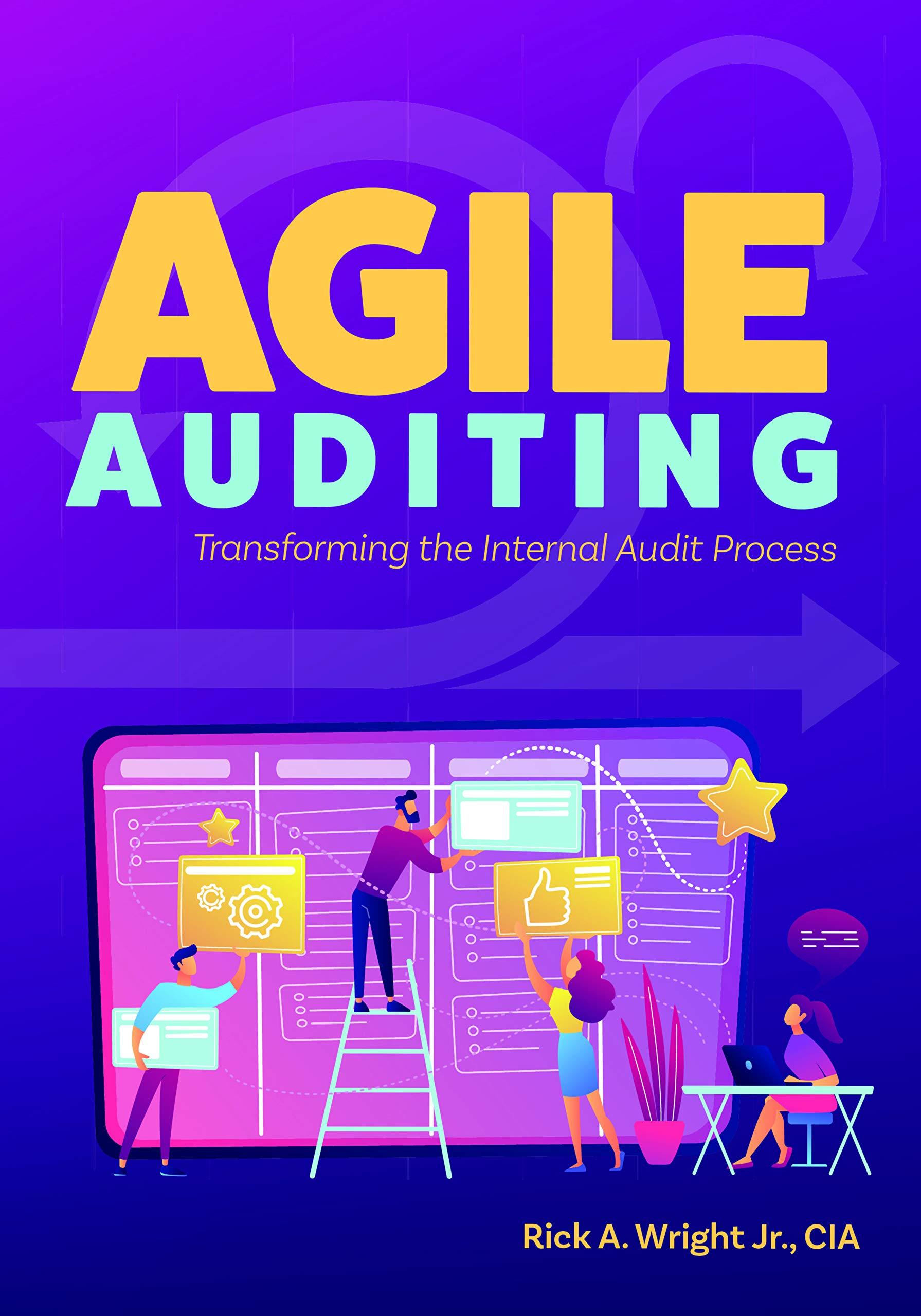

A bank account earns 6% annual interest compounded continuously. You deposit $10,700 in the account, and withdraw money continuously from the account at a rate of $1000 per year. (a) Write a differential equation for the balance, B, in the account after t years. Enter the exact answer. (b) What is the equilibrium solution to the differential equation? (This is the amount that must be deposited now for the balance to stay the same over the years.) Round your answer to two decimal places. B = $ Number (c) Find the solution to the differential equation. Round any calculated values to two decimal places. B = (d) How much is in the account after 10 years? Round your answer to the nearest integer. After 10 years the balance of the account is $ Number . (e) What is true about the graph of the solution? Choose all that apply. The graph never meets or crosses the horizontal axis. The graph meets or crosses the horizontal axis eventually. The graph is decreasing. The graph goes to infinity as t approaches infinity. The graph is increasing. The graph approaches a positive value as t approaches infinity. A bank account earns 6% annual interest compounded continuously. You deposit $10,700 in the account, and withdraw money continuously from the account at a rate of $1000 per year. (a) Write a differential equation for the balance, B, in the account after t years. Enter the exact answer. (b) What is the equilibrium solution to the differential equation? (This is the amount that must be deposited now for the balance to stay the same over the years.) Round your answer to two decimal places. B = $ Number (c) Find the solution to the differential equation. Round any calculated values to two decimal places. B = (d) How much is in the account after 10 years? Round your answer to the nearest integer. After 10 years the balance of the account is $ Number . (e) What is true about the graph of the solution? Choose all that apply. The graph never meets or crosses the horizontal axis. The graph meets or crosses the horizontal axis eventually. The graph is decreasing. The graph goes to infinity as t approaches infinity. The graph is increasing. The graph approaches a positive value as t approaches infinity








